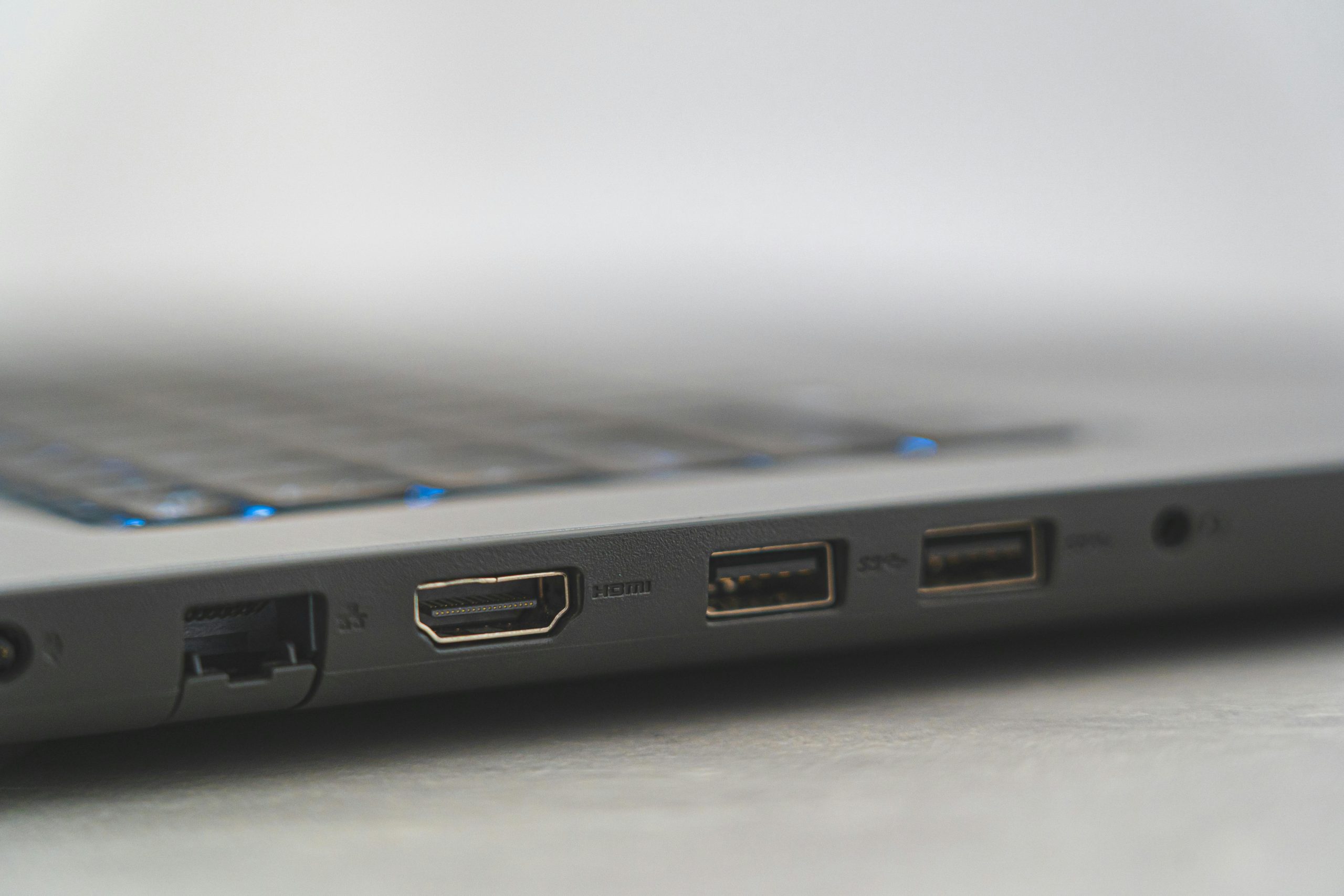Understanding USB 3 Port Compatibility: Why Your USB 3.2 Gen 2 Port Is the Only One Supporting Full Speeds
If you’ve recently encountered issues with your USB 3 cable only achieving high speeds on specific ports, you’re not alone. Many users face perplexing compatibility nuances with their USB hardware, especially when using high-bandwidth devices like Meta Quest 2 Link. In this article, we’ll explore why a USB 3.2 Gen 2 port might be necessary for optimal performance and how to troubleshoot such scenarios.
The Scenario: Using a USB 3.1/3.2 Cable with Specific Ports
Consider a user who has a long USB-C to-A cable intended for connecting their Quest 2 headset to a PC for VR gameplay. The cable works flawlessly at USB 3.0 or 3.1 speeds when plugged into most ports, but only reaches full USB 3.2 Gen 2 speeds when connected to a specific port—namely, a USB 3.2 Gen 2 port on their motherboard. Connecting the same cable to a USB 3.2 Gen 1 port, or any other port, results in the connection operating at USB 2.0 speeds.
Why does this happen?
USB Standards and Port Compatibility
USB ports are categorized based on their maximum data transfer speeds:
- USB 2.0: Up to 480 Mbps
- USB 3.0 / 3.1 Gen 1: Up to 5 Gbps
- USB 3.2 Gen 1: Up to 5 Gbps
- USB 3.2 Gen 2: Up to 10 Gbps
- USB 3.2 Gen 2×2: Up to 20 Gbps
However, the functional performance depends not just on the cable type, but also on the compatibility and specifications of the port it’s connected to. Some motherboards or PCs may have ports with different underlying controllers or firmware configurations, which influence their capabilities.
Key Factors Influencing USB Performance
-
Port Controller Specifications:
Not all ports labeled as USB 3.2 Gen 2 are physically capable of reaching 10 Gbps if their controllers or firmware are not configured properly or are limited. Confirming the port’s specifications with the motherboard documentation is essential. -
Motherboard Architecture and Front Panel Connectors:
Many motherboards provide USB 3.x ports on the rear panel and front
Share this content:

